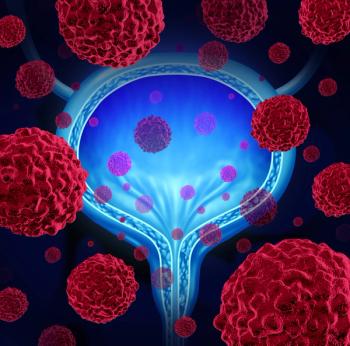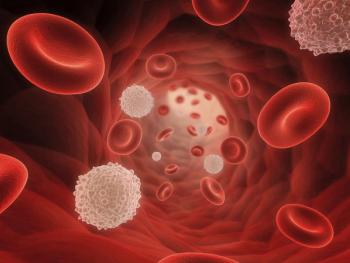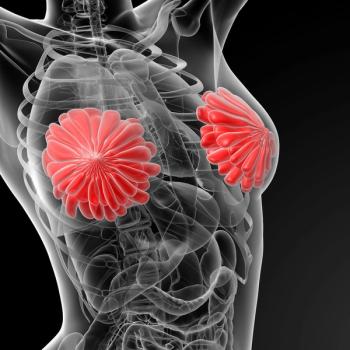
Samer A. Srour, MB, ChB, MS, Reviewed Findings of CB-NK Cells and Elotuzumab Regimen in High-Risk Multiple Myeloma
A phase 2 study investigated the use of cord blood–derived natural killer cells plus elotuzumab, lenalidomide, and melphalan with autologous stem cell transplant for patients with high-risk multiple myeloma.
Samer A. Srour, MB, ChB, MS, assistant professor in the Department of Stem Cell Transplantation and Division of Cancer Medicine at the University of Texas MD Anderson Cancer Center, spoke with CancerNetwork® at the
Srour noted a progression-free survival (PFS) rate of 83% and an overall survival (OS) rate of 97% among patients who were treated with the regimen.
Transcript:
This expansion phase 2 cohort was included in the final platform of elotuzumab, lenalidomide, and the cord blood–derived expanded [natural killer] cells. We started this in early 2018, and we accrued the last patient in early 2021, so over 2 years. Despite COVID, we were able to accrue very well on this study. Now we have mature data after an immediate follow-up of 26 months for these 30 patients who all have high-risk multiple myeloma. Historically, we know the median survival is short, [about] less than 3 to 5 years, and with all the new treatments in myeloma, we were not able to overcome much of the resistance in [many] of the high-risk patients.
Thirty patients were included in this study over a 2 plus year period. The primary end point was best response rate on day 100 after transplant, [including] VGPR, very good partial response or better, and MRD [minimal residual disease] negativity at day 100 after transplant. We gave this regimen in the context of the transplant. Patients took elotuzumab, lenalidomide, and high-dose melphalan [followed by] the [natural killer] cells. After that, we gave them back their autologous stem cells, and then they were engrafted as with any other [patients with] myeloma. They engrafted on time within 10 to 11 days from the transplant. We looked at the best response at 3 months after transplant before getting any other treatments. We found out that the VGPR or better was 97%. We don’t see that in the high-risk [patients with] myeloma. The MRD negativity rate was 75%. [This is also rarely] seen in high-risk [patients with] myeloma even after transplant.
The primary endpoint was very impressive for us. We waited over 2 years to show [whether] this MRD-negativity rate and the VGPR translate to better progression-free survival [PFS] and overall survival [OS]. We found out that the 2-year PFS was 83%—which historically [has been] around 60% or less—and then the OS was 97%. Only 1 patient died from COVID-19 infection.
This is a new regimen, and it’s being used in a new era where there’s many other treatments; maybe the outcomes are better because of other confounders. We looked around the same time period of 2018 to 2021, and we chose a control of high-risk [patients with] myeloma who were treated with us at MD Anderson. We looked at the data to compare our study patients to these control patients who were treated homogeneously in the same way, but without the [natural killer] cells without the elotuzumab without the lenalidomide. We found a statistically significant improvement in our study patients compared [with] the control. In the control arm, the 2-year, PFS was only 60%, and the 2-year OS was only 83%. That’s compared [with] 83% PFS in our study and 97%; it is statistically significant.
Reference
Srour SA, Mehta RS, Shah N, et al. Phase II study of umbilical cord blood–derived natural killer (CB-NK) cells with elotuzumab, lenalidomide, and high-dose melphalan followed by autologous stem cell transplantation (ASCT) for patients with high-risk multiple myeloma (HRMM). J Clin Oncol. 2022;40(suppl 16):8009-8009. doi:10.1200/JCO.2022.40.16_suppl.8009
Newsletter
Stay up to date on recent advances in the multidisciplinary approach to cancer.

















































































